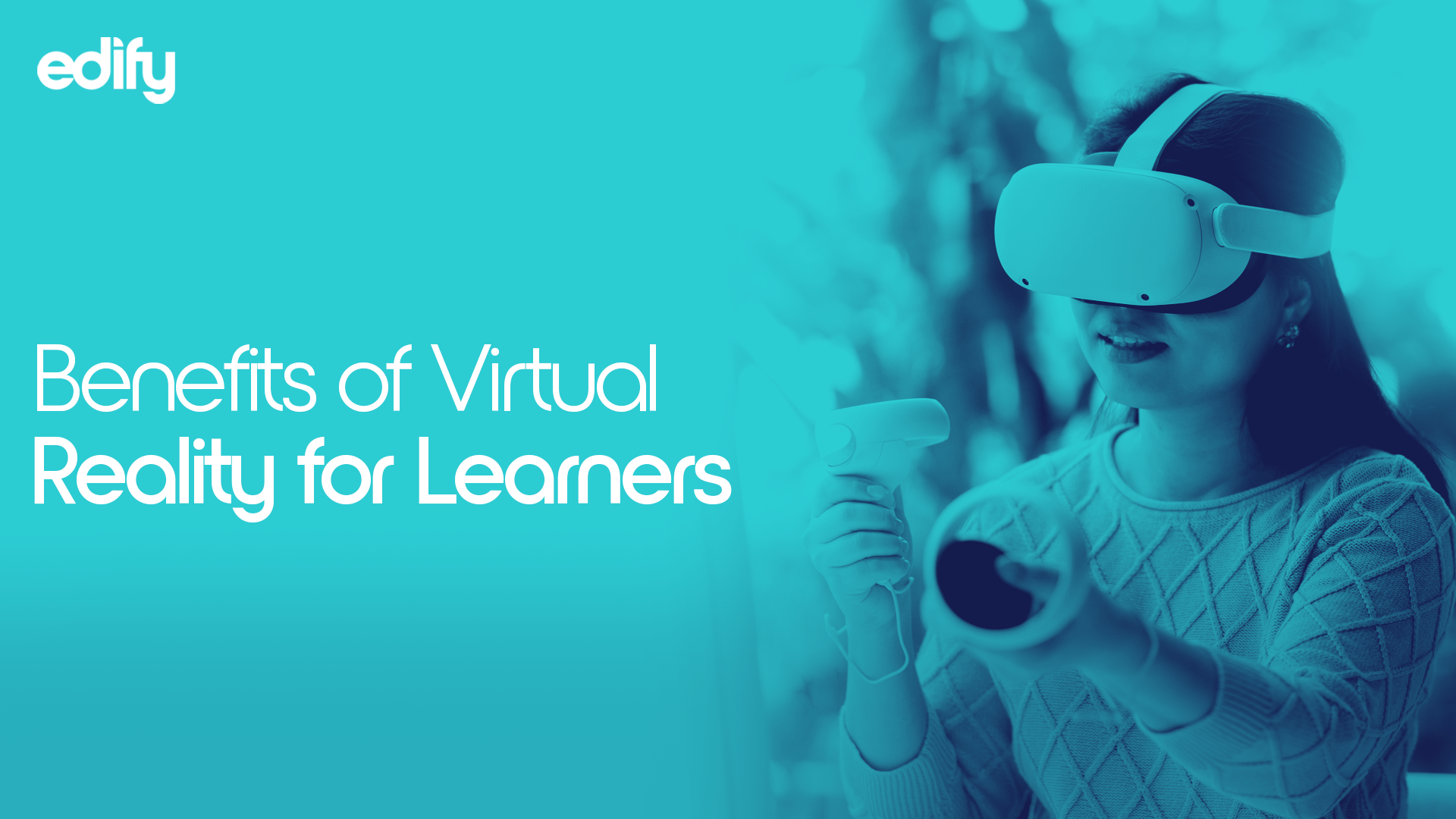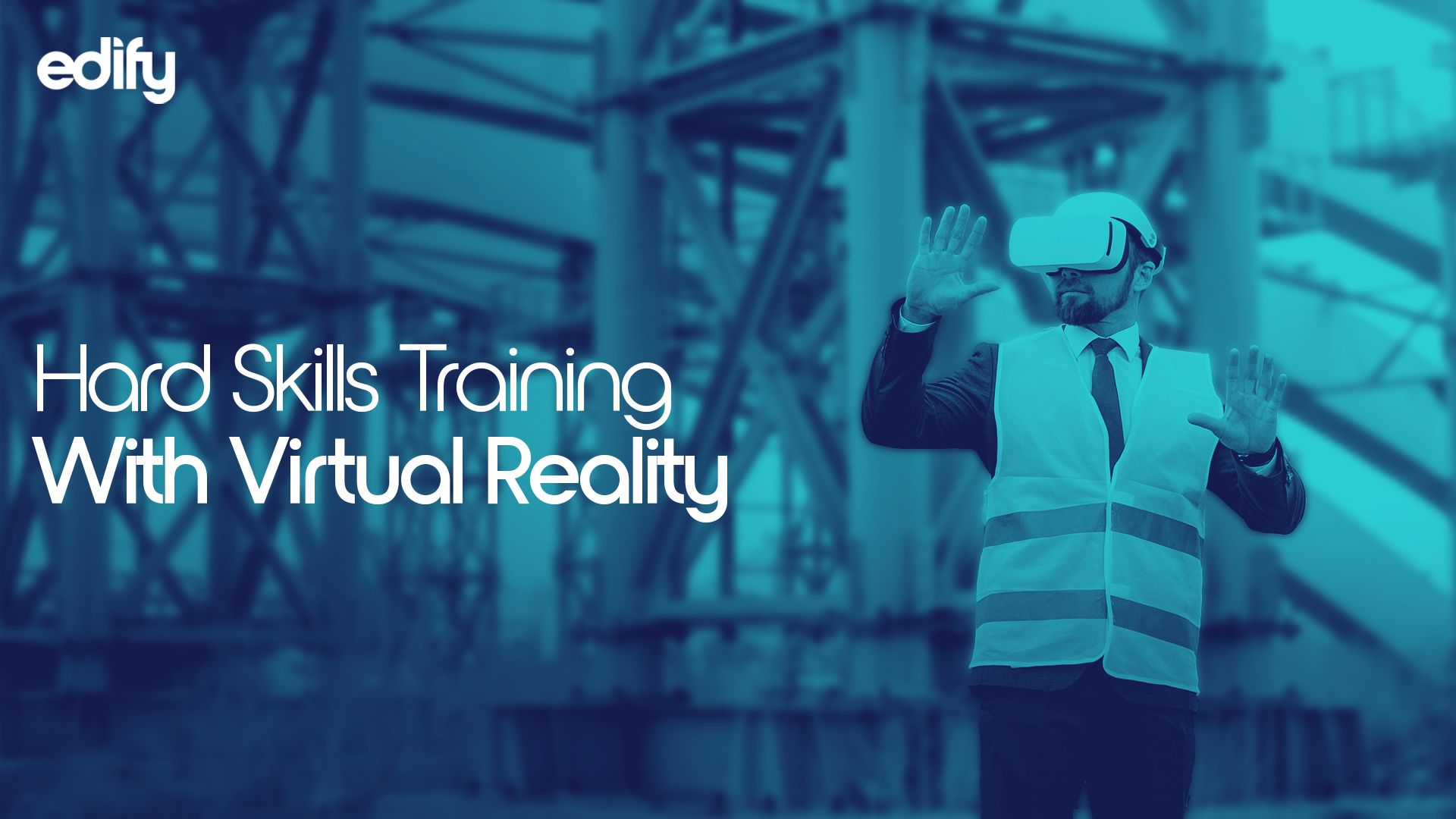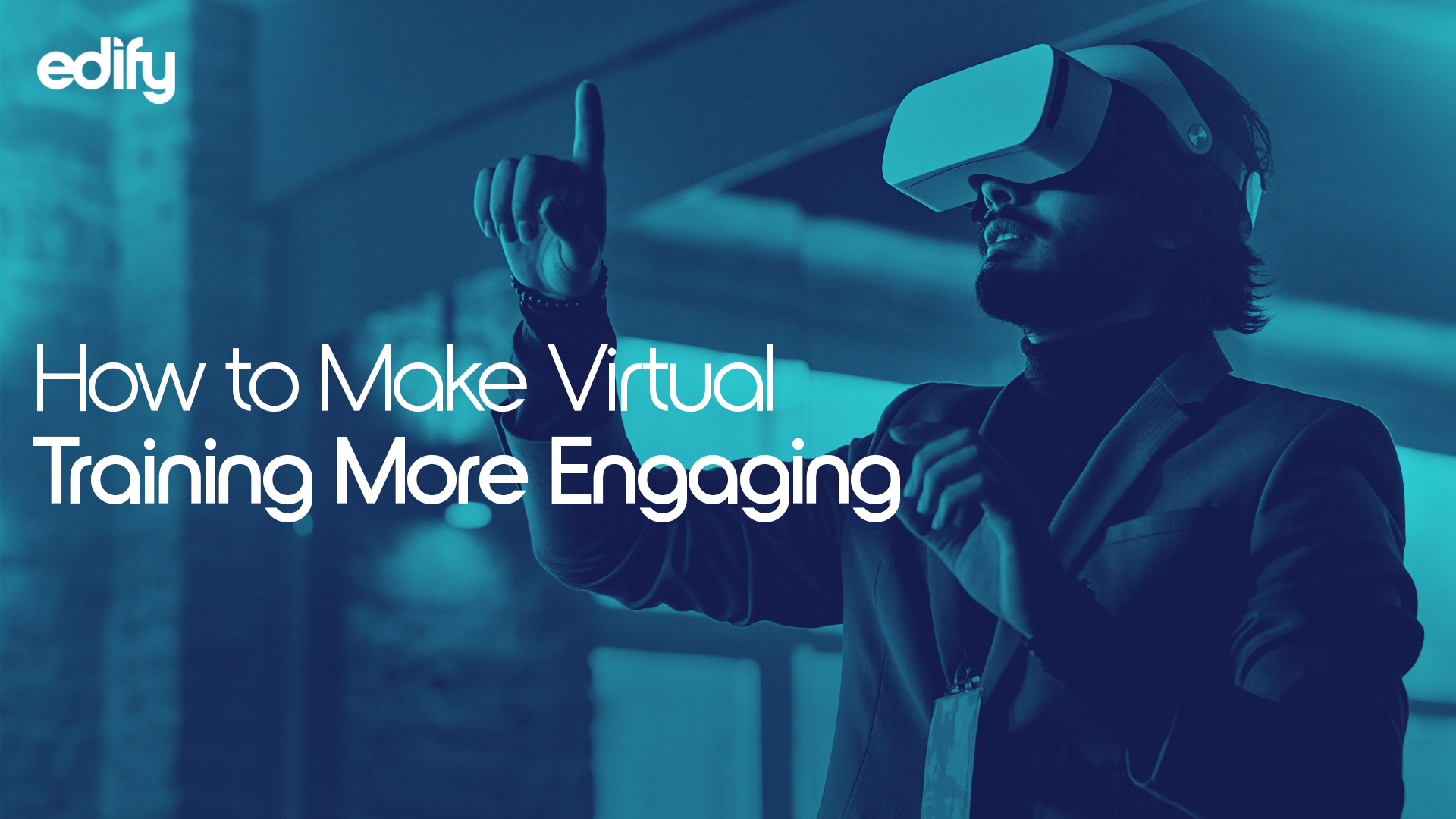Virtual reality in education: 6 smart ways you can level up
Virtual reality is an exciting new way of learning in further and higher education.
Immersive learning has a lot to offer the world of education. It’s disruptive, intriguing, and it can unlock new ways of learning that simply weren’t possible before. While digital experiences are sometimes considered to be ‘lesser’ than good old-fashioned face-to-face teaching, it's not the case with VR.
In fact, virtual and immersive simulations can enhance the learning experience in many ways. We think it’s immersive learning’s time to shine. That’s why, today, we’re sharing some of the quick wins both educators and students can experience when you use virtual reality in education.
Virtual reality in education: what can it help with?
1. It cracks hard-to-visualise concepts
Complex subject matter comes with the territory in higher education. Educators are often in the position of trying to communicate abstract ideas to students using teaching materials that simply don’t work hard enough for them. How easy is it to truly understand what a protein looks like from a 2D diagram? Can students really get their heads around the look and feel of a microscopic structure?
Virtual reality learning bridges that gap. It enables students to engage with those hard-to-visualise concepts in completely new ways and has the potential to support and enable their understanding. As we like to say at Edify, it enables learners to go anywhere and do anything. Looking to unlock learning and create those magical ‘aha’ moments for students? VR learning could be the answer.
2. It’s not limited by the real world
The real world comes with limitations. But the virtual world doesn’t. In the virtual world you can go anywhere and do anything, and this opens up a pandora’s box of possibilities for educators. What does this look like in the real world? It means all the restrictions of the real world - time, cost, logistics, real-world consequences - no longer apply. That equals creative freedom for educators.
Students can visit hard-to-reach or dangerous places, all via virtual reality. They can visit the moon or go back in time. They can travel inside the human body or scale up an object too small to be seen by the naked eye. They can also speed up time to get results from experiments faster. No more waiting around for hours or even days – with virtual reality, learning becomes limitless.

3. It enables repetitious learning
Opportunities for university students to get hands-on with specialist equipment is often limited. Students often get inductions sessions at the beginning of the semester, but that may be the only opportunity they have to see how a tool or piece of machinery works, until they need to use it. The impact? They might be reliant on support staff or may choose to not use the equipment again.
Virtual reality enables learners to practise and repeat learning as many times as they need. Not only can they go at their own pace and learn, step-by-step, as many times as they need, they can do it without any real-world consequences. They can even make mistakes. As a result, when they come to use the equipment in the real world the likelihood is that they’ll be much more confident.
4. You can bring the site to the classroom
Field trips are part and parcel of a number of academic courses, particularly subjects such as ecology, architecture, and geography. However, relying on field trips can be limiting. Time, resource, and costs may mean they only happen every so often. For students who need to see and understand their subject in a real-world context, this poses a challenge. But it’s where immersive learning steps in.
Virtual reality learning removes those obstacles. It brings the site to the classroom in a way that just can’t happen in real-life. It enables students to see the Colosseum up close or understand how their 2D design will translate into a 3D building. It helps them experience a location they couldn’t visit safely. Not only does it put everyone is on the same page, it also democractises the learning experience.

5. It takes words on a page, and transforms them
We’ve spoken a lot about disciplines with STEM, but what about humanities subjects? What sort of impact can virtual reality learning have in that context? The answer is: a massive one. One of our favourite use cases of Edify is a project we collaborated with the University of Glasgow on. We co-created an experience that brought Robert Burns’ most famous poem, Tam O’Shanter, to life.
Users were transported to the Auld Alloway Kirk as it is now... before they were then able to experience it lit up by the wild imagery of Scotland’s national poet. It enabled the audience to experience this iconic piece of literature in a way that simply hadn’t been done before; in a way that’s truly immersive.
6. It globalises the learning experience
Universities often have multiple campuses located around the world. They have students who are studying remotely and never visit campus at all. What virtual reality learning can do is create alignment across different time zones and geographies so students can experience a standardised learning experience at a university – no matter where in the world they’re based.
For example, a geography student who is based in the Middle East can take a field trip to the north of Scotland along with the rest of the students if they do it in VR. It’s not the in-person students having one experience and the remote students having another. It’s consistent. For this reason, it enables institutions to lean into that global space and deliver a truly global learning experience.
Curious about how you could leverage virtual reality to enhance learning outcomes?
Find out more about how we partner with universities on our dedicated higher education page.






